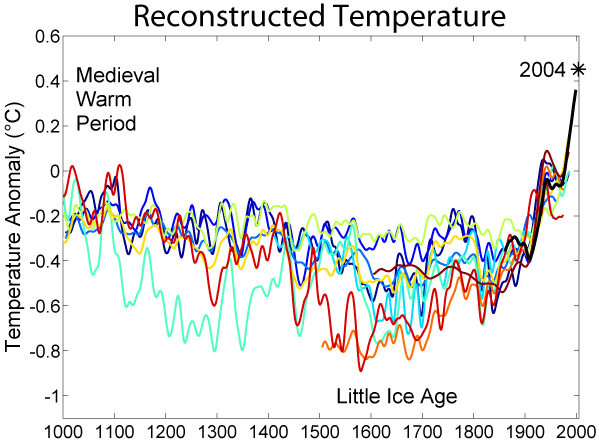 As anecdotal evidence of past climate change goes, some of the most pleasant to contemplate involve paintings of supposedly typical events that involve the weather. Given the flourishing of secular themes in European art from the Renaissance on, most of this art comes from the 16th to 19th centuries. As readers here will know, this coincides (in the public mind at least) with the so-called ‘Little Ice Age’ and somewhat inevitably this canon of work has been combed over with a fine tooth comb for evidence of particularly cold conditions.
As anecdotal evidence of past climate change goes, some of the most pleasant to contemplate involve paintings of supposedly typical events that involve the weather. Given the flourishing of secular themes in European art from the Renaissance on, most of this art comes from the 16th to 19th centuries. As readers here will know, this coincides (in the public mind at least) with the so-called ‘Little Ice Age’ and somewhat inevitably this canon of work has been combed over with a fine tooth comb for evidence of particularly cold conditions.
The image that brought this issue to mind was seeing ‘Washington crossing the Delaware’ at the Met the other day and seeing the iceberg-like ice it was imagined (75 years after the event) that the rebels had had to row through in 1776. The first thing I noticed was that the ice is completely wrong for a river (which is just one of the errors associated with this picture apparently). River ice is almost always of the ‘pancake’ variety (as this photo from the Hudson river shows), and doesn’t form ‘growlers’. However, the confusion of artistic license with climatology appears to be a bit of a theme in other oft-cited works as well…. [Read more…] about Art and climate
